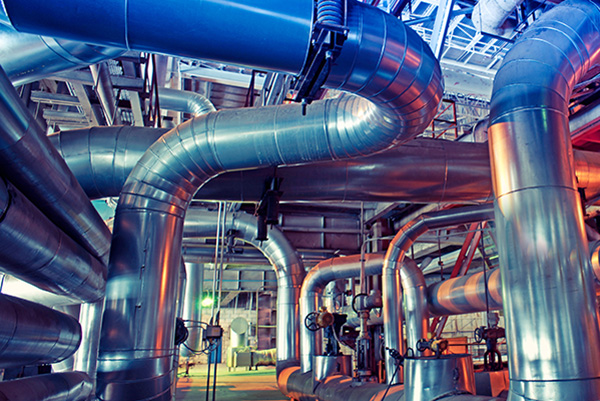Technology Type
Image
| Technology | Owner | Entity |
|---|---|---|
| Technology | Technology Entity |
Content provided by
| Transaction | Name | Date |
|---|---|---|
| Modified by |
|
1/18/2025 8:12 PM |
| Added | 1/18/2025 7:58 PM |









